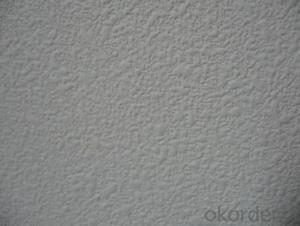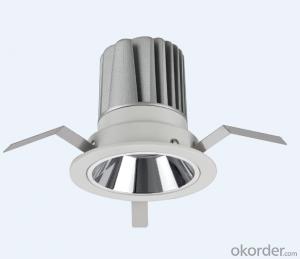Easy Solar Inverter
Easy Solar Inverter Related Searches
Grill With Led Light Bar Light Fixture With Chain Blu Ray Player With Recorder Blu Ray Player With Internet Steel Column Connection To Foundation Grinding Wheels Come In Grades From Coarse To Dodge Ram Led Light Bar Grill Led House Light Fixtures Small Led Light Fixtures Intellibrite Led Pool LightHot Searches
Fiberglass Scaffolding For Sale Fiberglass Panels For Sale Fiberglass Greenhouses For Sale Easy Deck Scaffold For Sale Ceiling Fan Lowest Price Geogrid Fabric Price Geogrid Fabric Home Depot Cost To Install Frp Panels Geotextile Fabric Cost Per Square Foot Geogrid Fabric Near Me Textilene Fabric Suppliers Uk Cost To Install Hardwood Floors Coal Prices 2015 Led Light Manufacturers Samsung Mobile Accessories Price List Led Headlight Manufacturers Cost To Waterproof A Basement Best Grinder To Buy Best Nuts To Buy Best Place To Buy FlashlightsEasy Solar Inverter Supplier & Manufacturer from China
Okorder.com is a professional Easy Solar Inverter supplier & manufacturer, offers integrated one-stop services including real-time quoting and online cargo tracking. We are funded by CNBM Group, a Fortune 500 enterprise and the largest Easy Solar Inverter firm in China.Hot Products
FAQ
- Yes, a solar inverter can be used in regions with high levels of lightning activity. However, it is important to install appropriate lightning protection measures to ensure the safety and functionality of the solar inverter system. This can include surge protection devices and grounding systems to mitigate potential damage caused by lightning strikes.
- The maximum number of parallel inverters that can be installed in a solar system depends on various factors such as the size and capacity of the solar system, the availability of space, and the electrical requirements of the installation. There is no fixed maximum number as it can vary significantly depending on these factors.
- Yes, a solar inverter can be used in areas with high levels of electrical noise or interference. However, it is important to ensure that the solar inverter is designed and equipped to handle such conditions. Some modern solar inverters have built-in features and technologies that help mitigate electrical noise and interference. These features may include advanced filtering, shielding, and surge protection mechanisms. Additionally, proper grounding and installation practices can also help reduce the impact of electrical noise and interference on the performance of the solar inverter. It is advisable to consult with a professional or the manufacturer of the solar inverter to ensure compatibility and optimal performance in high-noise environments.
- Yes, a solar inverter can be used with a solar-powered outdoor lighting system. A solar inverter is responsible for converting the direct current (DC) generated by solar panels into alternating current (AC) that can be used to power various devices, including outdoor lighting systems. By connecting the solar panels to a solar inverter, the generated energy can be efficiently transformed and utilized for powering the lighting system, ensuring sustainable and renewable lighting solutions.
- No, a solar inverter cannot work without sunlight. It relies on the energy generated by solar panels, which convert sunlight into electricity. Without sunlight, there is no source of energy for the solar inverter to convert, rendering it inoperable.
- The potential risks of overheating a solar inverter include reduced efficiency and performance, increased wear and tear on components, shortened lifespan of the inverter, potential damage to internal circuitry, and even the risk of fire.
- No, a solar inverter cannot work during a power outage unless it is specifically designed with a backup power supply or battery storage system.
- Yes, a solar inverter can be used in a three-phase power system. In fact, three-phase solar inverters are commonly used in commercial and industrial applications where three-phase power is utilized. These inverters convert the DC power generated by solar panels into AC power that can be seamlessly integrated into the three-phase power grid.














































